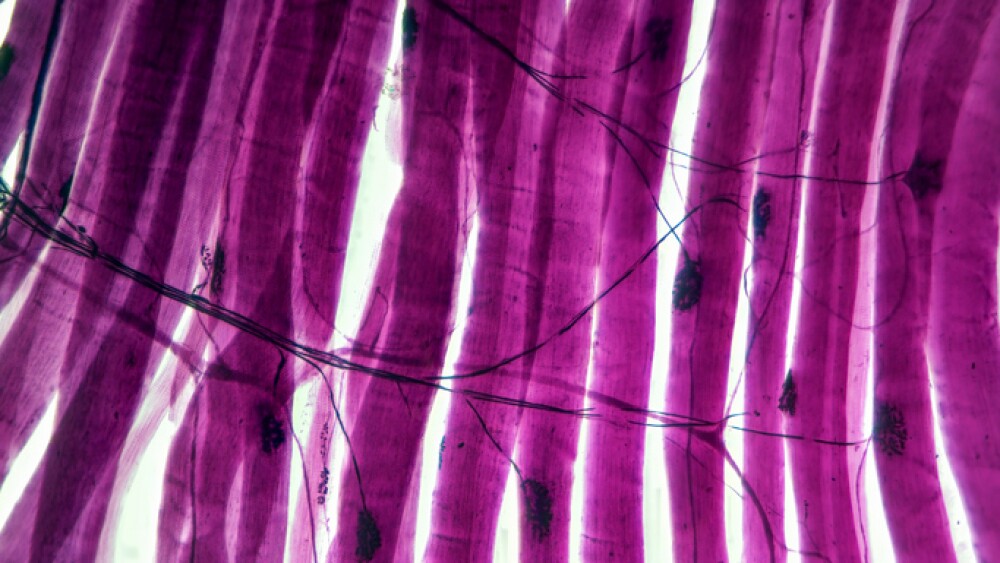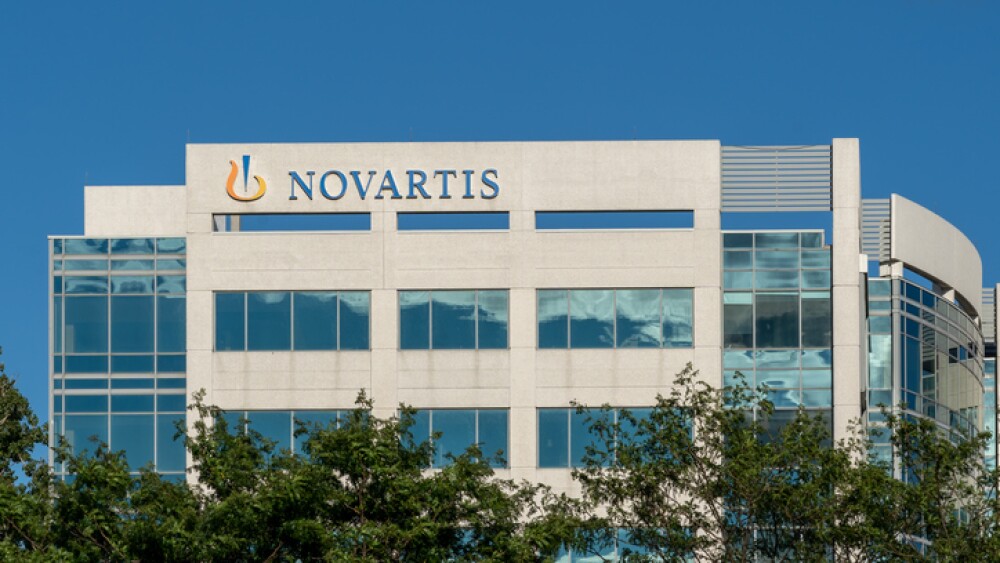Kyowa Kirin, Inc. presented two posters at the American Society for Bone and Mineral Research (ASBMR) 2023 annual meeting in Vancouver, BC, Canada, demonstrating the significant burden and progressive, accumulative nature of X-linked hypophosphatemia (XLH), a rare genetic metabolic bone disease.
|
|
| [16-October-2023] |
PRINCETON, N.J., Oct. 16, 2023 /PRNewswire/ -- Kyowa Kirin, Inc., an affiliate of Kyowa Kirin Co., Ltd. (Kyowa Kirin, TSE: 4151), a global specialty pharmaceutical company based in Japan, presented two posters at the American Society for Bone and Mineral Research (ASBMR) 2023 annual meeting in Vancouver, BC, Canada, demonstrating the significant burden and progressive, accumulative nature of X-linked hypophosphatemia (XLH), a rare genetic metabolic bone disease. "Because XLH is a progressive, life-long disease, it's important to understand the clinical characteristics and real-world impact on patients over time," said Zhiyi Li, MA, MBA, one of the study authors and director of health economics and outcomes research at Kyowa Kirin North America. "Both studies found that serious disease-related morbidities often start at a young age and accumulate over time, an important consideration for physicians when making decisions about patient care." Real-world characteristics and disease history of patients with X-linked hypophosphatemia treated with burosumab: a United States claims database study Among the claims assessed, researchers found high levels of XLH-related morbidities and extra-musculoskeletal manifestations, including osteoarthritis, arthralgia (joint pain), fractures, muscle pain, spinal stenosis, hypertension, obesity, depression, renal disease and enthesopathy, a disorder that affects the site of attachment between bones and tendons or ligaments.1 Most of these complications were seen in early adulthood and increased with age group. Most patients had received some form of conventional therapy for XLH prior to burosumab treatment, with 61% receiving calcitriol and 43% receiving phosphate supplements. Physical therapy use was also observed across all age groups. There were several study limitations including the lack of a specific diagnosis code for XLH. Patients were identified using diagnosis codes for familial hypophosphatemia (FH) and other disorders of phosphorus metabolism; however, the inclusion of burosumab claims helped to minimize the inclusion of misdiagnosed patients, as XLH is the only disorder of FH for which burosumab is indicated. In addition, the study used non-primary insurer (open source) claims, which captures a higher number of medical claims as compared to payer-complete (closed source) claims; however, completeness is not guaranteed. Older patients were under-represented in the study population, limiting the generalizability of the findings to this group. Clinical and treatment characteristics of pediatric and adult patients with familial hypophosphatemia compared with demographically matched controls In this retrospective observational cohort study, researchers examined healthcare claims data from the Merative™ MarketScan® Commercial and Medicare Databases. The analysis compared 570 patients with at least one diagnosis code for FH to 1,710 people without FH in a matched control group. FH represents a group of rare genetic disorders characterized by impaired renal phosphate conservation; roughly 80% of FH cases are classified as XLH.2 Patients were excluded from the study if ever prescribed burosumab. The study found patients with FH experienced multiple FH-related morbidities, supplemented with oral phosphate and active vitamin D, and used healthcare services for managing orthopedic conditions at a significantly greater rate than the control group. The differences between the study groups were apparent even among young children and persisted throughout a person's life. Key findings included:
This study was limited to patients with commercial health insurance or Medicare coverage; results may not be generalizable to patients with other types of insurance (e.g., Medicaid) or the uninsured, and the study population may under-represent the true burden of disease. Patients with FH who received burosumab during the study period were excluded. The outcomes assessed in this study may differ for burosumab-treated patients. About X-linked hypophosphatemia X-linked hypophosphatemia is a rare, lifelong, genetic disease that can impact the bones and muscles in both children and adults. In individuals with XLH, the body doesn't hold on to enough phosphorus, which is an essential mineral for bone health. This is due to the production of excess fibroblast growth factor 23 (FGF23), causing the body to release too much phosphorus through the urine. When phosphorus levels are too low (hypophosphatemia), it can cause the softening and weakening of growing bones in children (rickets) and mature bones in adults (osteomalacia). In children, XLH typically appears as bowed legs or knock knees. Over time, bone weakening can also lead to bone abnormalities in the legs, delayed growth, and short stature. In adults, XLH may cause osteomalacia, fractures and pseudo-fractures, and hypophosphatemia. About CRYSVITA® (burosumab-twza) Injection CRYSVITA is a recombinant fully human monoclonal IgG1 antibody, discovered by Kyowa Kirin, which binds to and inhibits the biological activity of FGF23, the underlying cause of hypophosphatemia in XLH. By blocking FGF23, CRYSVITA helps to restore phosphorus reabsorption in the kidneys and increase the production of active vitamin D, which enhances intestinal absorption of phosphate and calcium. U.S. CRYSVITA Indication CRYSVITA is a fibroblast growth factor (FGF23) blocking antibody indicated for the treatment of X-linked hypophosphatemia (XLH) in adult and pediatric patients 6 months of age and older. Important Safety Information CONTRAINDICATIONS
WARNINGS AND PRECAUTIONS Hypersensitivity
Hyperphosphatemia and Risk of Nephrocalcinosis
Injection Site Reactions
ADVERSE REACTIONS Pediatric Patients
Adult Patients
USE IN SPECIFIC POPULATIONS
PATIENT COUNSELING INFORMATION
You may report side effects to the FDA at (800)FDA-1088 or www.fda.gov/medwatch. You may also report side effects to Kyowa Kirin, Inc. at 1-844-768-3544. For important risk and use information, please see the full Prescribing Information for CRYSVITA. About Kyowa Kirin Kyowa Kirin strives to create and deliver novel medicines with life-changing value. As a Japan-based Global Specialty Pharmaceutical Company with a more than 70-year heritage, we apply cutting-edge science including expertise in antibody research and engineering, to address the needs of patients and society across multiple therapeutic areas including Nephrology, Oncology, Immunology/Allergy and Neurology. Across our four regions – Japan, Asia Pacific, North America and EMEA/International – we focus on our purpose, to make people smile, and are united by our shared values of commitment to life, teamwork/Wa, innovation, and integrity. You can learn more about the Kyowa Kirin North America at: https://kkna.kyowakirin.com/. References
SOURCE Kyowa Kirin |
||
Company Codes: Tokyo:4151, OTC-PINK:KYKOY |




